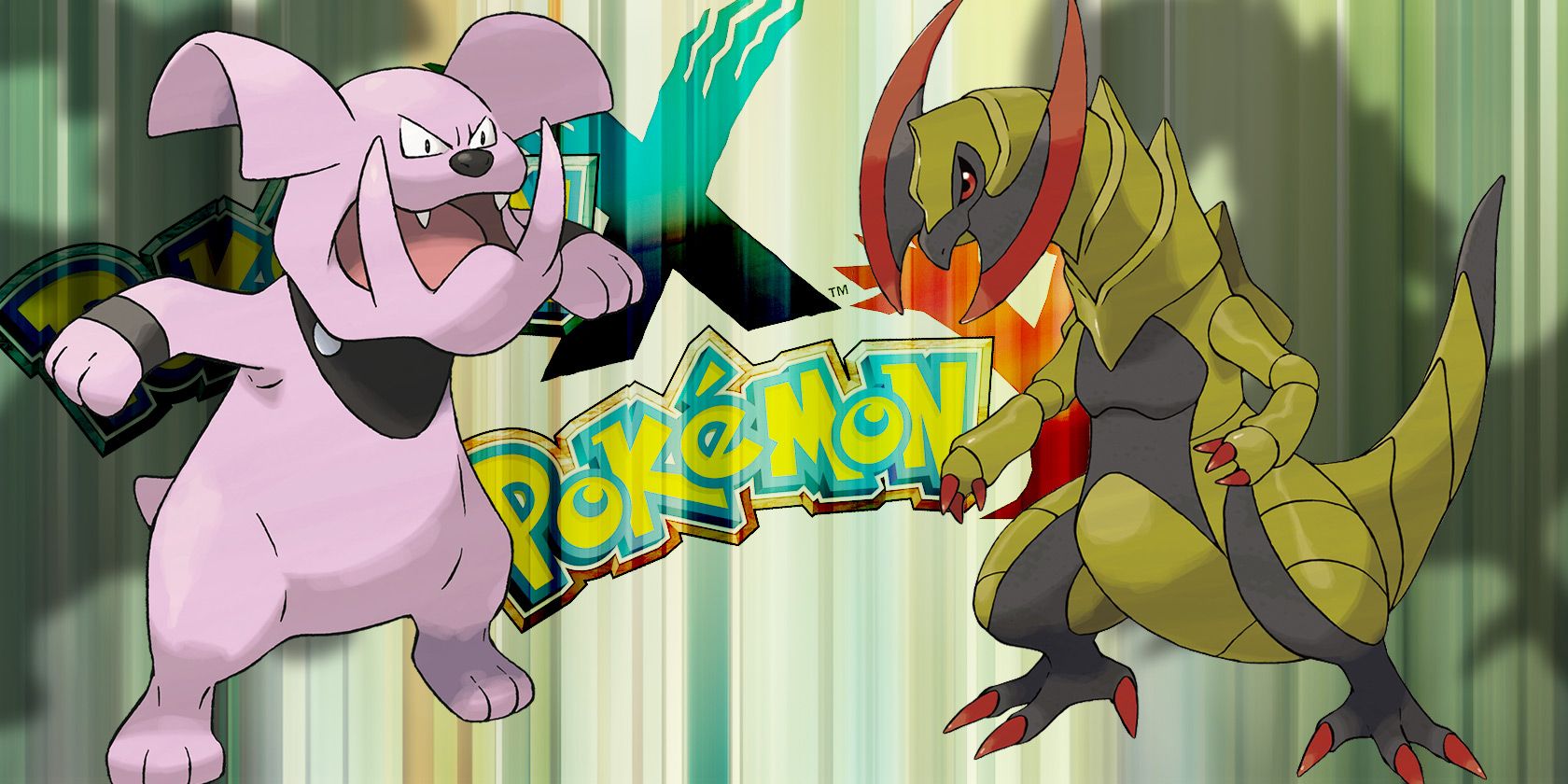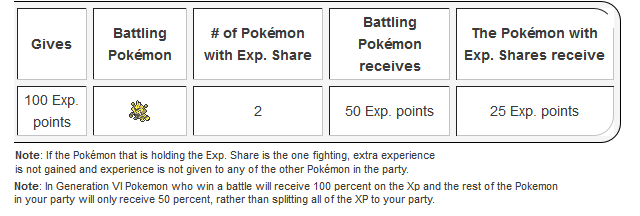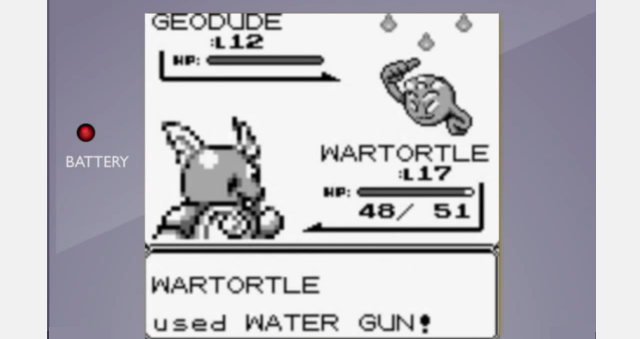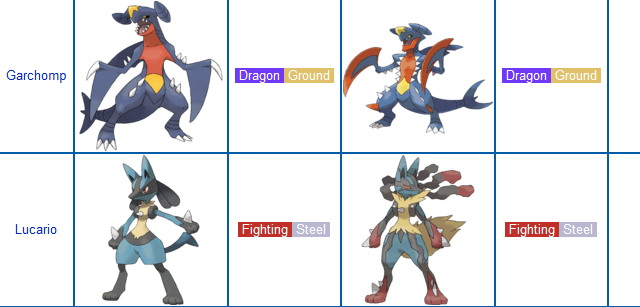The Pokémon franchise has been around in North America since 1998, when its debut Red and Blue versions appeared on the Game Boy. While it continues to be a wildly successful franchise, the series is not particularly known for its innovation. Each new generation of titles share a similar plot and gameplay, while adding bits of new content and features to keep seasoned players happy.
However, the newest iterations in the Pokémon franchise, Pokémon X and Y on Nintendo 3DS, bring much more to the table than just the usual 100+ new species of Pokémon. Let's take a look at specific changes in the newest titles that make the series worth getting into again – even for adults who haven't played Pokémon since they were kids.
A New Type
In the first set of Pokémon games, there were 15 types that a Pokémon could be. Until now, the only additions to the list happened in the second generation, when Gold and Silver added two new types: Dark and Steel. These changes were made to fix some balancing problems, as Psychic types were too powerful and Bug types were nearly useless.
No other new types have been introduced until now, with X and Y bringing the Fairy type. Fairy-type moves are Super Effective against Dragon-type Pokémon, which were previously only weak to Ice and Dragon-type moves. The Fairy type brings a much-needed counter to Dragon, as it is also immune to Dragon-type moves.
Some brand-new Pokémon are Fairy type, but a number of Pokémon that were once the generic Normal type have been changed to Fairy as well, such as Granbull. Overall, a new type is significant because it upsets the balance that expert players have become accustomed to, as well as giving the spotlight to some previously overlooked Pokémon.
The New Experience Share
Pokémon pushes you to train many creatures to have a well-balanced team, but this takes a lot of time and some players may wish to focus on only one or two Pokémon instead.
The Experience Share (EXP Share) item reduced time spent training in previous generations. When held by a Pokémon, it gave half of the battle's experience points (EXP) to it, even if it didn't participate in the battle. If two or more Pokémon held an EXP share, their half of the experience was evenly divided among them. The other half went directly to the Pokémon that fought in the battle.
For example, if Pikachu held the EXP Share, and Squirtle participated in a battle yielding 100 experience points, both Pokémon would receive 50 points. Take a look at how the EXP Share works in Pokémon Emerald in the video.
In Pokémon X and Y, the EXP Share has been modified to make training your team easier. Instead of being an item held by a single Pokémon, it is a Key Item that is switched on for all those with you. When activated, your entire team receives half of the experience for the battle, while the creature that fought still gain full EXP.
For example, if you have six Pokémon in your team with the EXP share turned on, and fight a battle that yields 100 EXP using only Pikachu, Pikachu will gain the full 100 experience points and every other team member will receive 50.
This is extremely convenient because it allows all party members to receive an equal amount of EXP, while not taking away any points from the Pokémon that starred in the battle. With the new EXP Share, you'll be well on your way to becoming a better Trainer in no time.
The Graphics
As it got its start on the Game Boy, Pokémon has had humble graphics. Battles started out as not much more than two sprites facing each other, with slight twitches to indicate different moves.
With X and Y, however, the series has made the graphical leap from using sprites to polygons. The 3DS games look different from anything ever seen in a Pokémon game before, both in the field and while in battle. A full 3D view is given in battles, circling around like a camera covering a sporting event. If the graphics of a Pokémon game ever kept you from being interested, look no further than Pokémon X and Y to correct that.
And of course, the 3D visuals of the 3DS lend an even greater sense of depth to the graphics. If you're indifferent about 3D, the game is still fully enjoyable on the Nintendo 2DS; a fine alternative to the 3DS.
Mega Evolution
Anyone familiar with the Pokémon games knows about evolution. When certain conditions are met – typically reaching a certain level or using a certain type of stone – some Pokémon can evolve into a new, more powerful form. In Pokémon X and Y, however, there are new evolutions, called Mega Evolutions, that make a select few species even stronger temporarily.
After you defeat Korrina and collect the third gym badge, you must challenge her again at a different location to obtain the Mega Ring. Once you have that, you'll have to find a specific Mega Stone for each Pokémon that you'd like to Mega Evolve. As long as the Pokémon is holding the right stone, it can evolve whenever you like.
The Mega Evolutions are an entirely new feature, and add even more depth to the gameplay. With the possibility of a Mega Evolution just around the corner in battles, defense becomes more important than ever. Coupled with the game giving you one of the Generation I starters early on – Bulbasaur, Charmander, or Squirtle, which each can Mega Evolve – every player will be able to take advantage of it. Mega Evolutions only last until the battle ends or the Pokémon faints, ensuring that they're not unfairly powerful.
But Wait, There's More
Effort Values (EVs), one of the traits that previously made Pokémon games more complex than they seem, have become visible to players for the first time in this generation of Pokémon. Using the Super Training feature, players can track and work on certain EVs individually, a great option for players who want as much control as possible over their battling.
The Friend Safari is a new location that allows Trainers to catch Pokémon that otherwise wouldn't be accessible to them and makes it easier to catch Shiny Pokémon as a bonus. By registering Friend Codes to add friends on your 3DS/2DS system, you gain access to more Friend Safaris. In essence, you get rewarded simply for having friends. How many games do you know that do that? Not even Facebook's most popular social games do.
Finally, a number of small balance tweaks have been made that only veteran players will notice. For instance, weather effects like sandstorms and rain that power up certain types of Pokémon now only last for five turns instead of being indefinite. Additionally, the Steel type, which is tough defensively, isn't resistant to Dark and Ghost-type moves any longer, making it more vulnerable than before.
Conclusion
Clearly, the developers of Pokémon X and Y wanted to respond to how the fans felt about earlier iterations. They are a fantastic starting point for anyone looking to start a Pokémon adventure, while bringing new features that players who skipped a few generations will appreciate.
If you've hesitated on picking up X or Y but enjoyed any early versions of Pokémon, you owe it to yourself to get back into a great series. It's one of the best games that the 3DS had to offer in 2013, and a great first title if you haven't bought one of Nintendo's newest handhelds yet.
What is your favorite change in Pokémon X and Y? Did you skip any previous generations of the series – and if so, why? What things still bother you about Pokémon? Respond in the comments section below.




